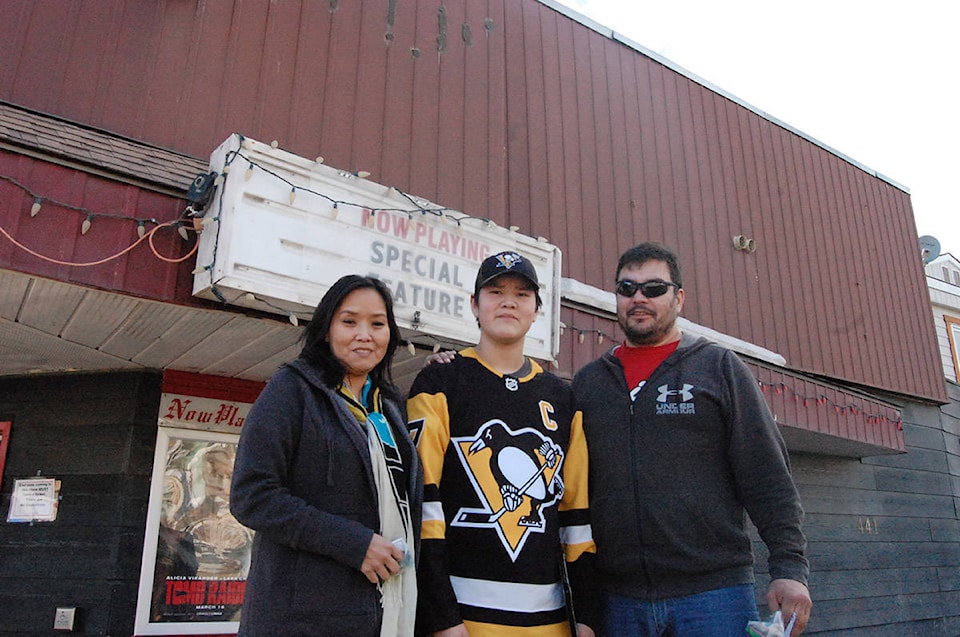Indian Horse — which opened in theatres across the country on April 13 — is a powerful and emotionally intense film, and one that features local talent: 15-year-old Braeden Crouse of Lake Babine Nation.
Crouse plays an important role as Lonnie, an Anishnaabe boy from Northern Ontario whose life is shattered by his experience at a residential school called St. Jerome’s.
His performance evokes the bravery of young First Nations people who tried to escape these institutions — and who faced brutal corporal punishment for their acts of courage.
When Lonnie arrives at the school, he is stripped and subjected to a painful and humiliating “cleaning” process. Next, he encounters the headmaster, who demands to know his name.
Lonnie can’t speak English, and he replies through his friend — Saul Indian Horse, the central figure in the story — saying his name is Lonnie, and that he was named after his father, a trapper.
The headmaster rejects that name, and calls him Aaron instead. When Lonnie refuses to accept this attack on his identity, he is beaten. It’s a powerful moment in the film — and one that is emblematic of the assimilationist policies of the residential school system in Canada.
Crouse should be applauded for his intense and moving performance.
Just as the pervasiveness of racism will resonate with local audiences, so will the importance of hockey.
While confined at St. Jerome’s, Saul becomes a formidable sharpshooter. This leads him to triumph, but he remains haunted by the traumas of his youth. And even as a professional hockey player, he faces racism — including stereotyping in the press.
On this note, it remains vitally important for journalists to constantly re-evaluate our coverage of Indigenous peoples and issues, and to seek input and critique from First Nations communities. As editor of the Lakes District News, it’s a responsibility that I take to heart.
The film screened twice at the Beacon on March 27 — a special preview organized by the Beacon and Lake Babine Nation. But at the time of writing, local residents have to travel all the way to Prince George to see this movie.
There has been speculation that the Beacon will bring back the film for regular screenings — a great idea. Everyone should have the opportunity to see this remarkable film.
Burns Lake is clearly a hockey town, as the outpouring of support for the families of victims in the Humboldt Broncos disaster has demonstrated.
The importance of hockey in Burns Lake is also demonstrated by ongoing efforts by local hockey supporters from the First Nations community to organize a BCHL exhibition game in Burns Lake, with players holding workshops for young players — another great idea.
Hats off to young Breaden Crouse for his performance in this film, and to local organizers supporting athletics in the Burns Lake community.
